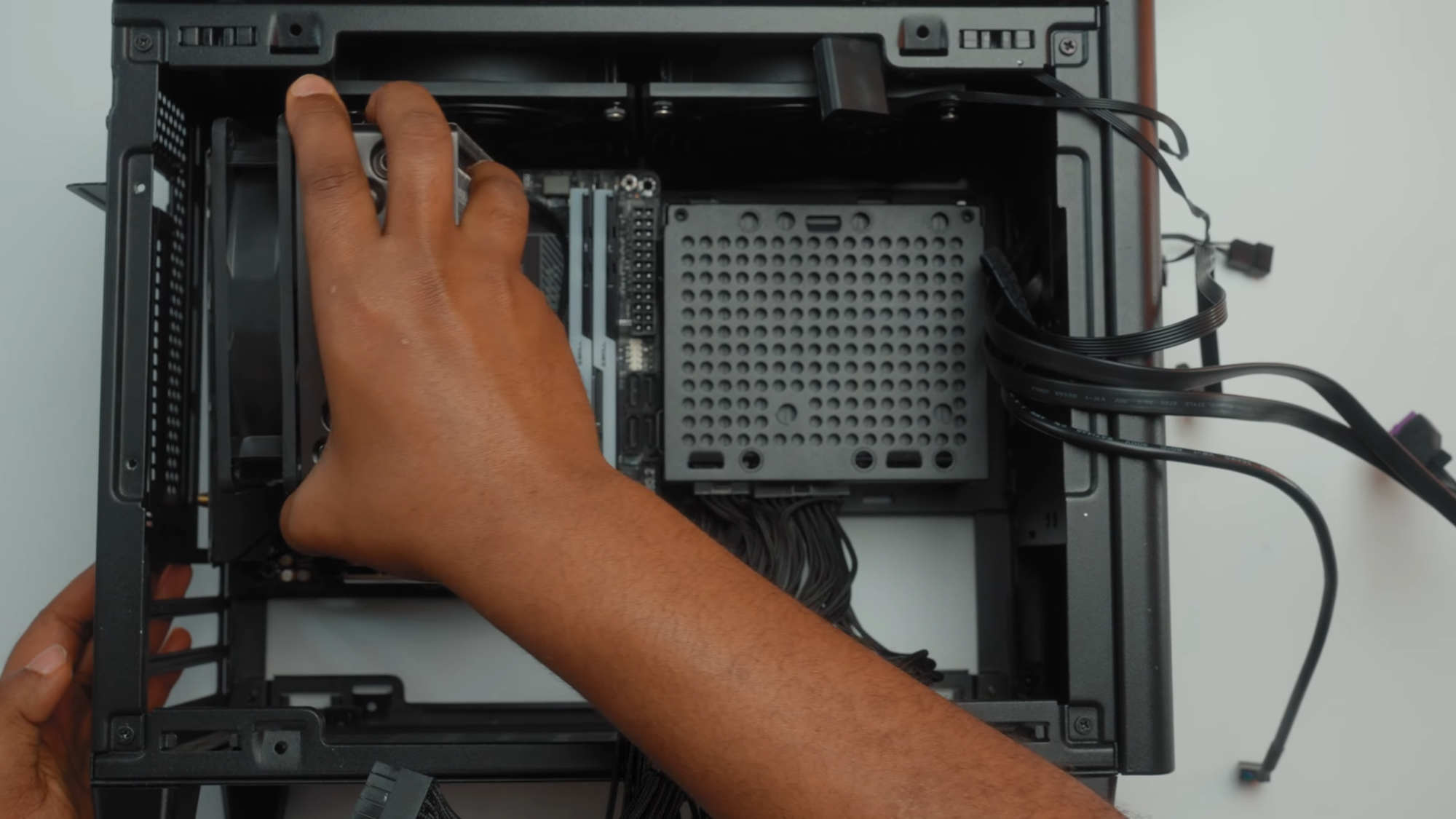Troubleshooting Common Issues in Small Form Factor PC Builds
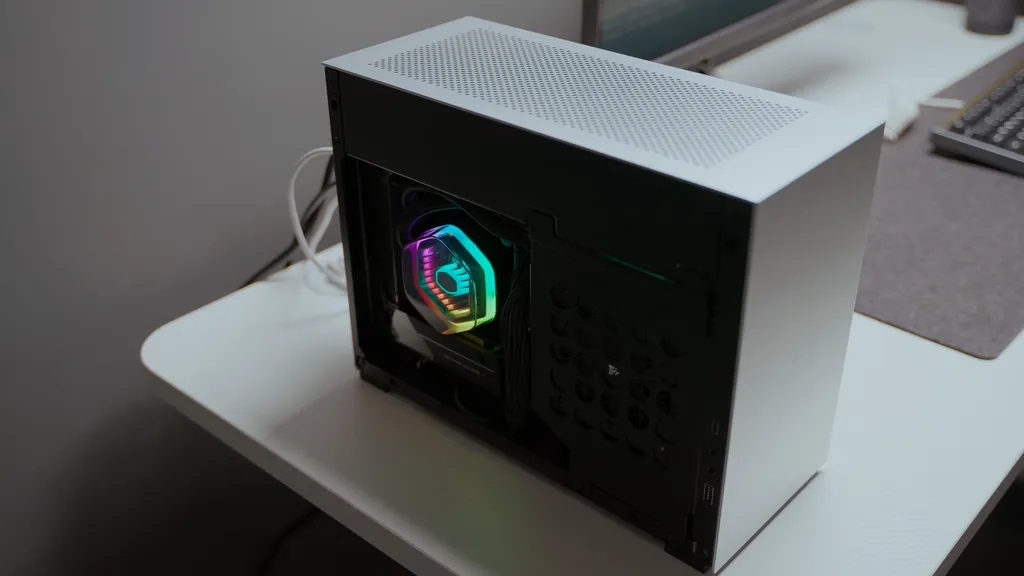
Building in a small form factor PC Case is all fun and games until you run into the unique issues of building in a case that is typically smaller than 20L. One of the most common PC problems you might encounter is the thermal issue. You might also face power delivery problems and a host of others.
As someone who has had to troubleshoot issues on my custom-built PCs, I’ll show you some of the ways I’ve had to troubleshoot.
PS: Some of the links below are affiliate links, and I will receive a small commission at no extra cost to you. Your purchase through them helps support the content that I make – thanks!
Thermal Issues
If your PC keeps overheating, chances are it’s also reduced in performance. Small form factor builds are, well…small, meaning airflow is limited, and the layout is pretty compact.
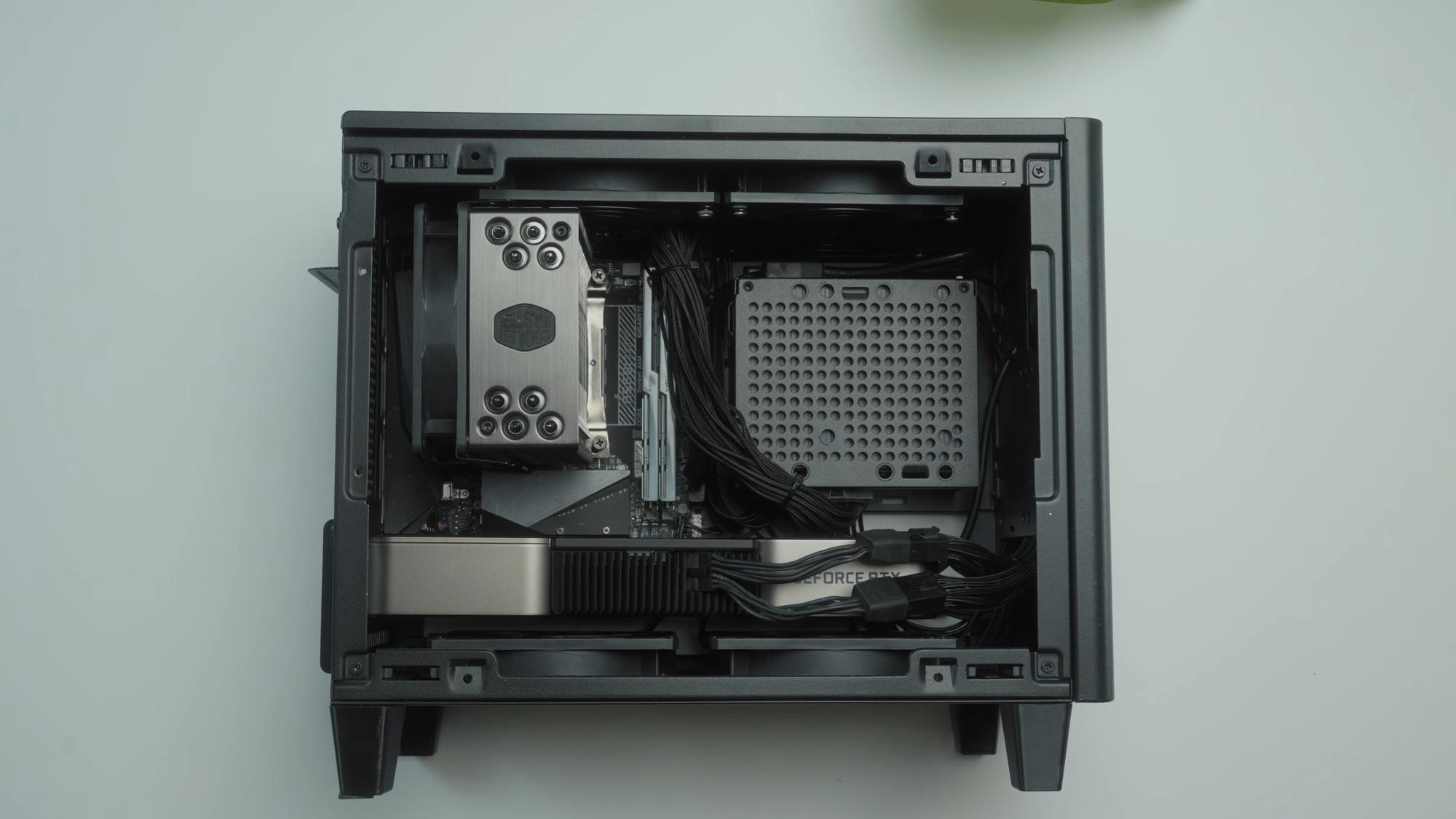
As a result of these limitations, some components, like the GPU and CPU, will sometimes downclock to manage the heat constraints. They may also throttle when they get too hot in order to protect the hardware.
Signs your PC is Overheating or Thermal Throttling
- FPS suddenly drops during rendering or gaming
- Thermal shutdowns
- Loud fan noise with little cooling
- High idle temps (>50°C) and load temps up to 90°C+
What to Do
Reevaluate fan installation. Sometimes, your PC may be having thermal issues because you’ve installed them wrongly. Fans have an intake side (pulls air in) and an exhaust side (pushes air out). Most of the time, the nicer-looking face of the fan is the intake, and the other is the exhaust. When building a PC, the goal is to have a little more intake for cooling than exhaust. More exhaust fans moving much faster than intake fans can create negative pressure within the case and cause all kinds of thermal problems. Having too much intake can lead to hot air build-up. Also, hot air can get trapped inside the case if they face the same way or are installed backward. Check your fan installation and reinstall it correctly.
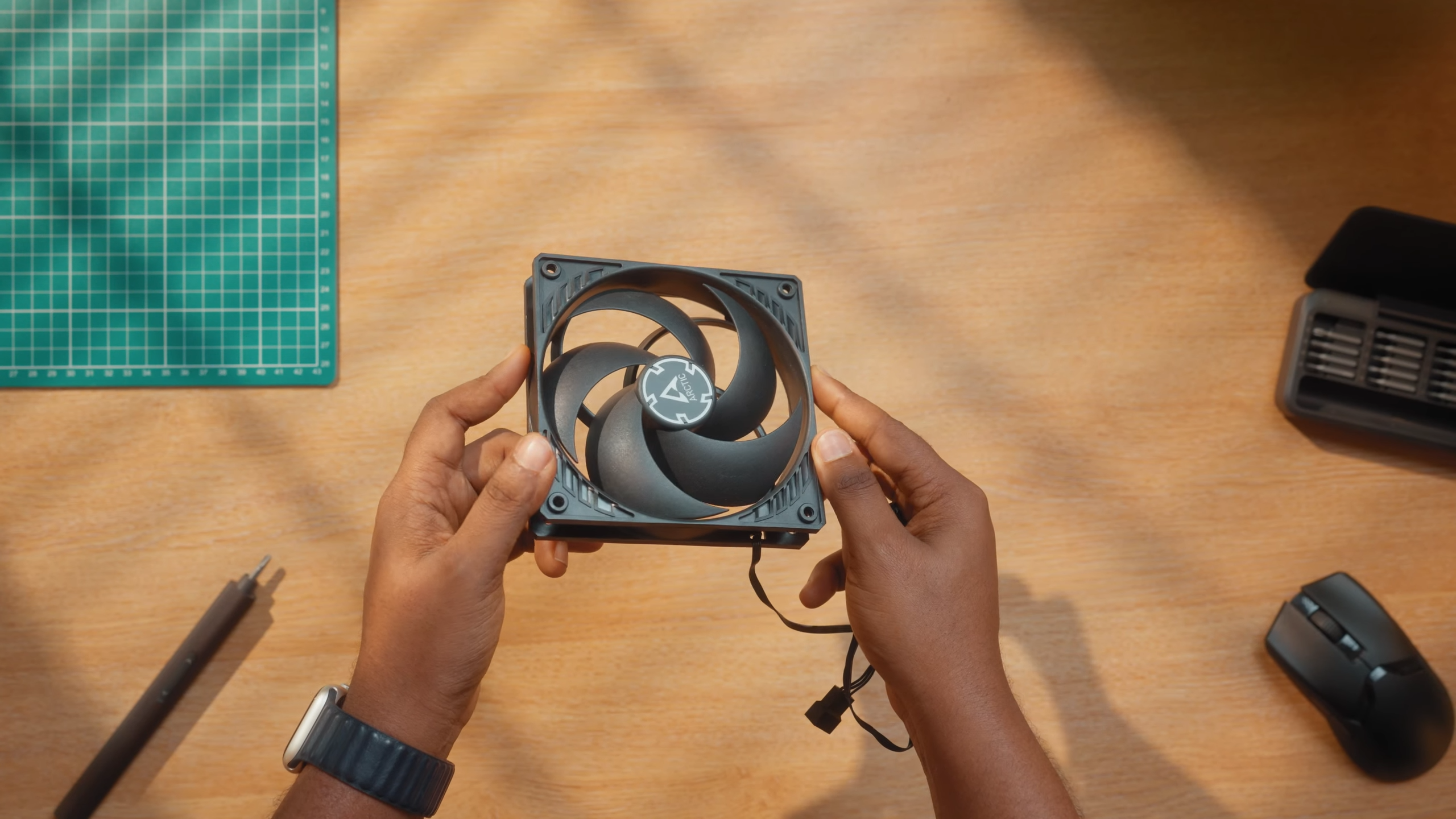
Position intake and exhaust fans to create a linear airflow path (front-to-back or bottom-to-top).
A fan might be installed right but not spinning because it’s unplugged, plugged into the wrong header, or set to a low speed in BIOS or fan control software. Using tools like FanControl or BIOS Q-Fan, reconfigure the fan curves to ensure the fans ramp up based on component temps rather than system averages.
Try using low-profile air coolers like Noctua NH-L12S or AIOs with slim radiators. Be sure to apply high-quality thermal paste (e.g., Thermal Grizzly Kryonaut). Also, stock fans often prioritize silence over performance, so consider upgrading to high-static pressure fans (e.g., Noctua NF-A12x25 or Arctic P12).
Bonus tips:
- The temperature in your room may be contributing to the PC temp, so try regulating this better.
- If a fan is placed too close to a wall, cable, or component, it can’t move air efficiently. Move the fan away to a better position.
- Undervolting your CPU or GPU might help. Use Intel XTU, Ryzen Master, or MSI Afterburner to reduce voltages while maintaining clock speeds. This reduces heat output without compromising performance significantly.
Power Supply Problems
SFF builds mostly use SFX or SFX-L power supply units. These have less thermal mass and sometimes tighter tolerances. When your PSU is grossly underpowered, and you have high-end components, it might lead to instability in your system.
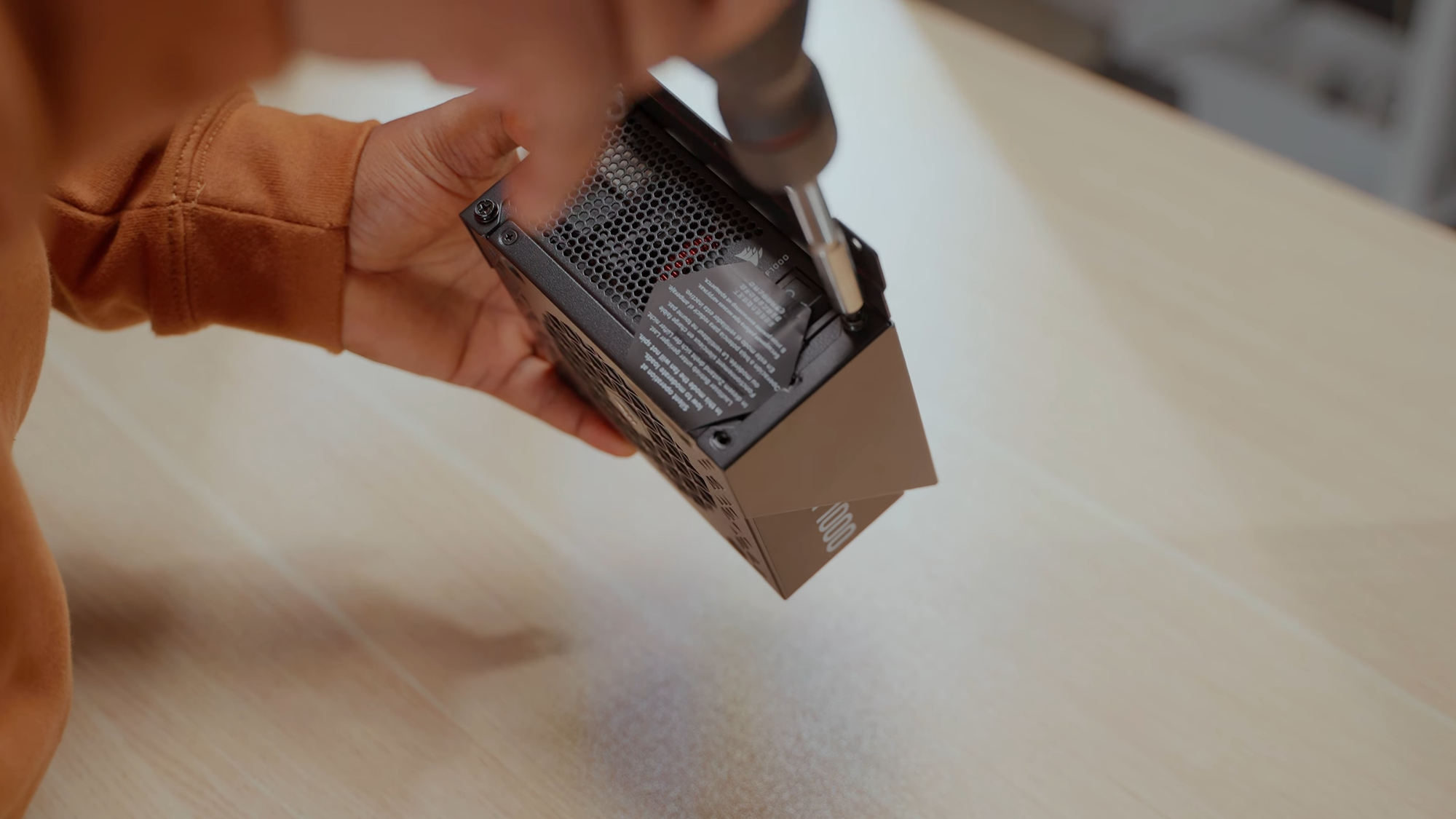
Signs you’re experiencing Power supply problems:
- Your PC shuts down unexpectedly during rendering or gaming.
- BIOS warnings or Q-LED lights indicating power faults.
- The PSU fan isn’t spinning or the coil is whining.
What to Do:
- You can actually calculate your power requirements based on the components you’re going for. Tools like the OuterVision PSU calculator help. Note that you’ll need to add a 20% headroom.
- Choose high-quality SFX units. You could go for 80+ Gold or Platinum-rated units from trusted brands (Corsair SF750, Cooler Master V850 SFX Gold).
- If your GPU pulls significant wattage, ensure the PSU provides a single +12V rail to avoid overcurrent issues.
- Consider using custom-length modular cables so that there’s little resistance and clutter. Plus, it will help improve airflow.
Clearance Constraints and Compatibility Errors
Sometimes, components don’t fit even though, on paper, the specs suggest that they would. This is one of the biggest challenges of building an SFF and it can be frustrating. When I was building my Dan A4 H20 PC, for example, I initially went with the ROG Loki 850W Platinum– an SFX-L PSU. Even though the Dan A4 case could fit larger SFX PSUs like this, I found it was such a struggle getting it to fit with the tubes of the AIOs radiator, which was obstructing it. I ended up having to change the PSU to the Corsair 1000W OSU, which fit more easily.
Signs you’re experiencing clearance constraints and compatibility errors:
- GPU isn’t seating fully or blocked by cables.
- Cooler touching side panel.
- RAM modules colliding with cooler fins.
- Radiator mounting points are misaligned.
What to do:
- PCPartPicker is a great tool for double-checking the dimensions of components apart from using manufacturer sites. Always compare CPU cooler height, GPU length, and PSU length against your case specs.
- If you're installing a top-down air cooler, low-profile DIMMs (like Corsair LPX) can prevent contact.
- Consider going modular for everything, from PSUs to riser cables. This will improve flexibility in tight spaces.
- Pre-install cables before mounting the motherboard. Many SFF cases (like the DAN A4 or NCASE M1) make it hard to access headers once the board is in.
PCIe Riser Cable Failures
Many times, small form factor cases need PCIe riser cables to reposition the GPU. These cables can introduce signal degradation, instability, or outright failure to detect the GPU, especially if they’re unshielded or cheap variants.
Signs you’re experiencing riser cable failures:
- You keep getting Error code 43 in Device Manager.
- GPU not detected in BIOS.
- Artifacts or system crashes under GPU load.
- PCIe link running at x8 or x4 instead of x16.
What to do:
- Avoid cheap or unshielded cable variants typically on eBay or from generic brands. Buy certified risers (e.g., 3M, LINKUP, or Lian Li).
- Try setting the PCIe slot to Gen 3 in BIOS instead of Gen 4 if experiencing instability.
- Don’t fold your riser cables too sharply or aggressively. Use soft curves to avoid stressing the contacts.
- Loose risers can lose signal under movement or vibration. Secure with standoffs or tape.
Cable Management-Induced Issues
Another common problem in SFF builds is cable clutter due to limited space. This restricts airflow and can physically block fans, create pressure points on the components, or even unplug headers during transport.
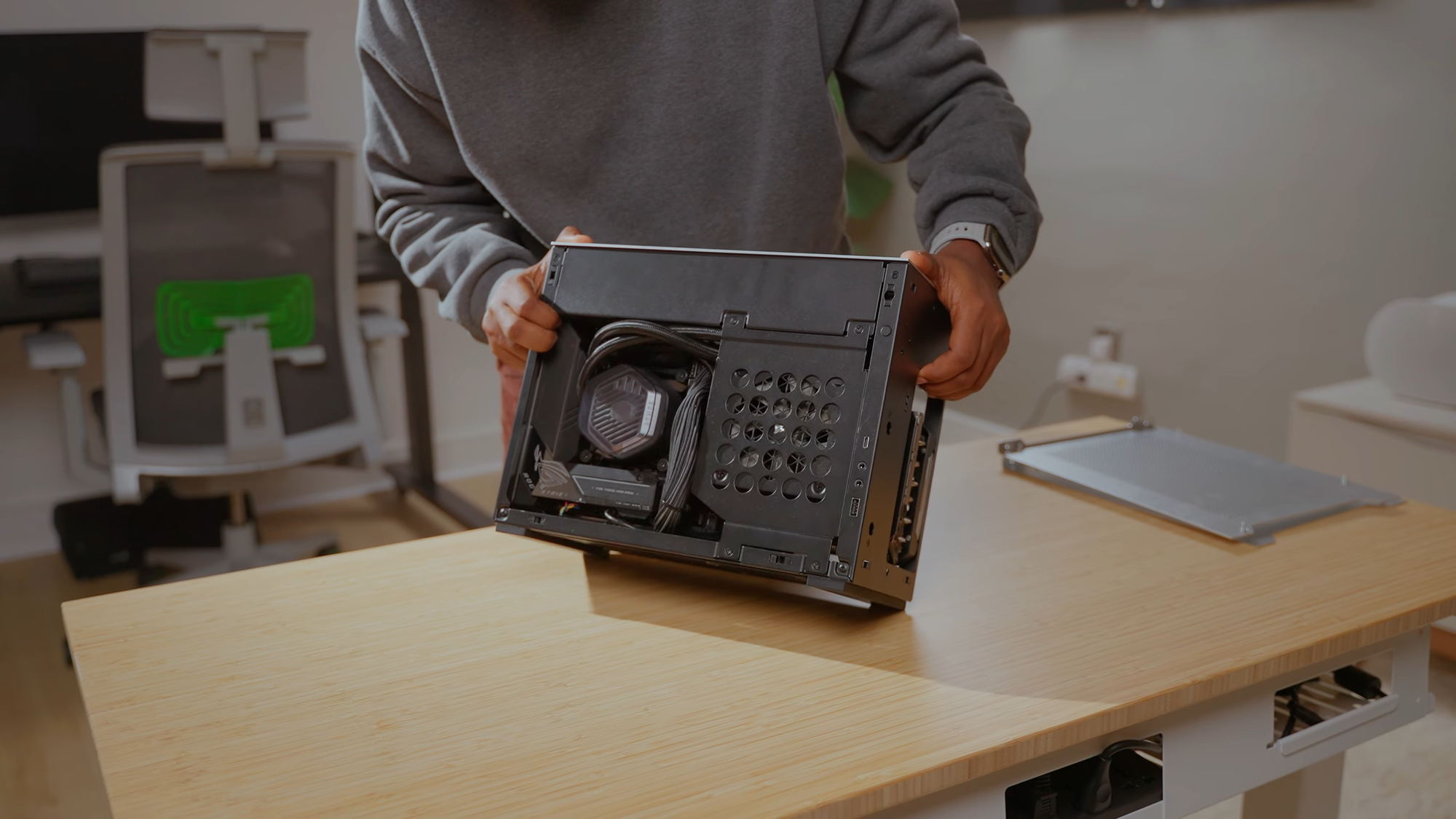
Signs you’re experiencing cable management-induced issues:,
- Loose cables block fan blades.
- GPU isn’t seated due to SATA/power cable interference.
- Case side panels aren’t closing, or even when they do, they're bulging.
- Your front panel buttons work intermittently.
What to do:
- There are companies like CableMod which offer SFF-specific kits. This way, you can get a custom-sleeved cable instead
- You can secure cables to side rails or PSU shrouds using velcro straps or cable ties.
- Pre-plan your wiring. Think two steps ahead—what needs to be plugged before installing the next component?
- Route behind motherboard tray (if available). Even minimal clearance can hide thin ribbon cables or flat power lines.
Front Panel Header and I/O Issues
Due to space constraints, front panel headers might not connect properly or might suffer from signal interference, especially in ultra-compact cases.
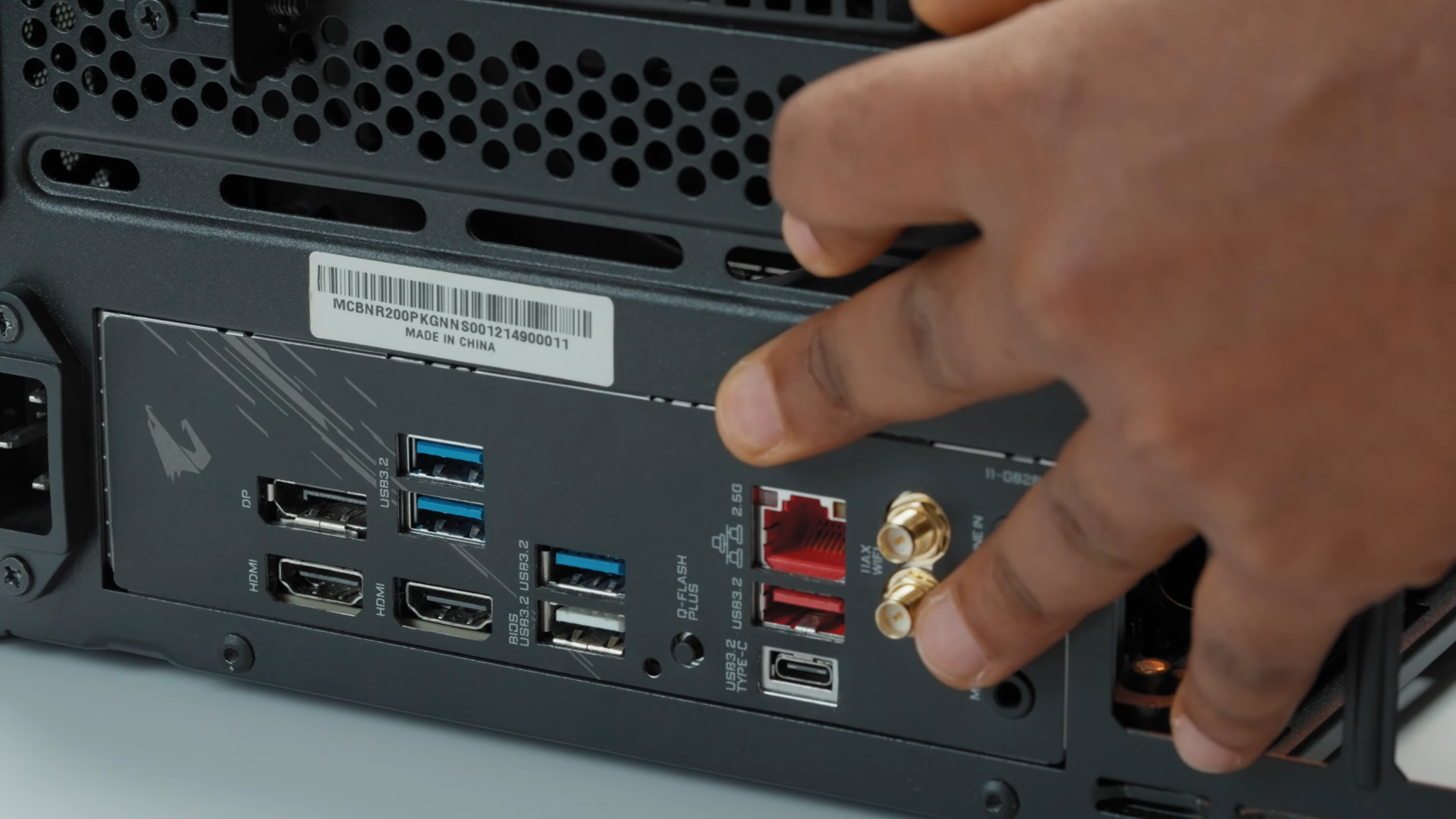
Signs you’re experiencing front panel header and I/O problems:
- USB Ports don’t work properly
- The power/reset button isn’t responding.
- RGB Header problems
- Audio isn’t recognized or is constantly crackling
What to do:
- Double-check the polarity on case connectors. Some cases still use individual pin connectors. Check your motherboard manual to ensure your placement is correct.
- It can be a nightmare to reconnect the front panel cables once the board is in. It’s best to install it before screwing the board down. If not, then you could consider using tweezers to get it done.
- Test I/O before final assembly. Connect everything outside the case (on the motherboard box) to rule out board/cable defects.
Dust Accumulation and Maintenance Neglect
This is a common issue that is often overlooked. How you treat your PC matters. Compact airflow paths sometimes act like vacuum tunnels. If you don’t filter and clean regularly, dust can choke fans, heat sinks, and even short-out boards.

Signs you might be experiencing a problem from maintenance neglect and dust accumulation:
- Visible dust on vents and mesh filters.
- Your system crashes after long use
- Idle temps gradually increase
- The fans are getting louder over time.
What to do:
- Install magnetic dust filters if your case doesn’t include them.
- Positive pressure setups can help: Slightly more intake than exhaust can reduce dust ingress through unfiltered gaps.
- Clean every 1–2 months: Use compressed air and a soft brush—don’t rely on just fan filters.
Bonus Tips:
- If your PC isn’t coming on, a component could be bad. Try testing on other PCs to see which it is. Test the CPU in a different motherboard and vice versa. Also, test RAM and PSU.
- If you're not comfortable troubleshooting any further, go see a professional technician with your PC
Conclusion
Building an SFF can be incredibly rewarding after solving all the technical puzzles creatively and precisely. What other challenges have you been facing with your SFF PC Build? Leave a comment with your build specs and the challenge.
